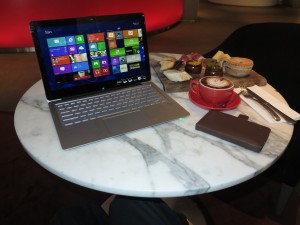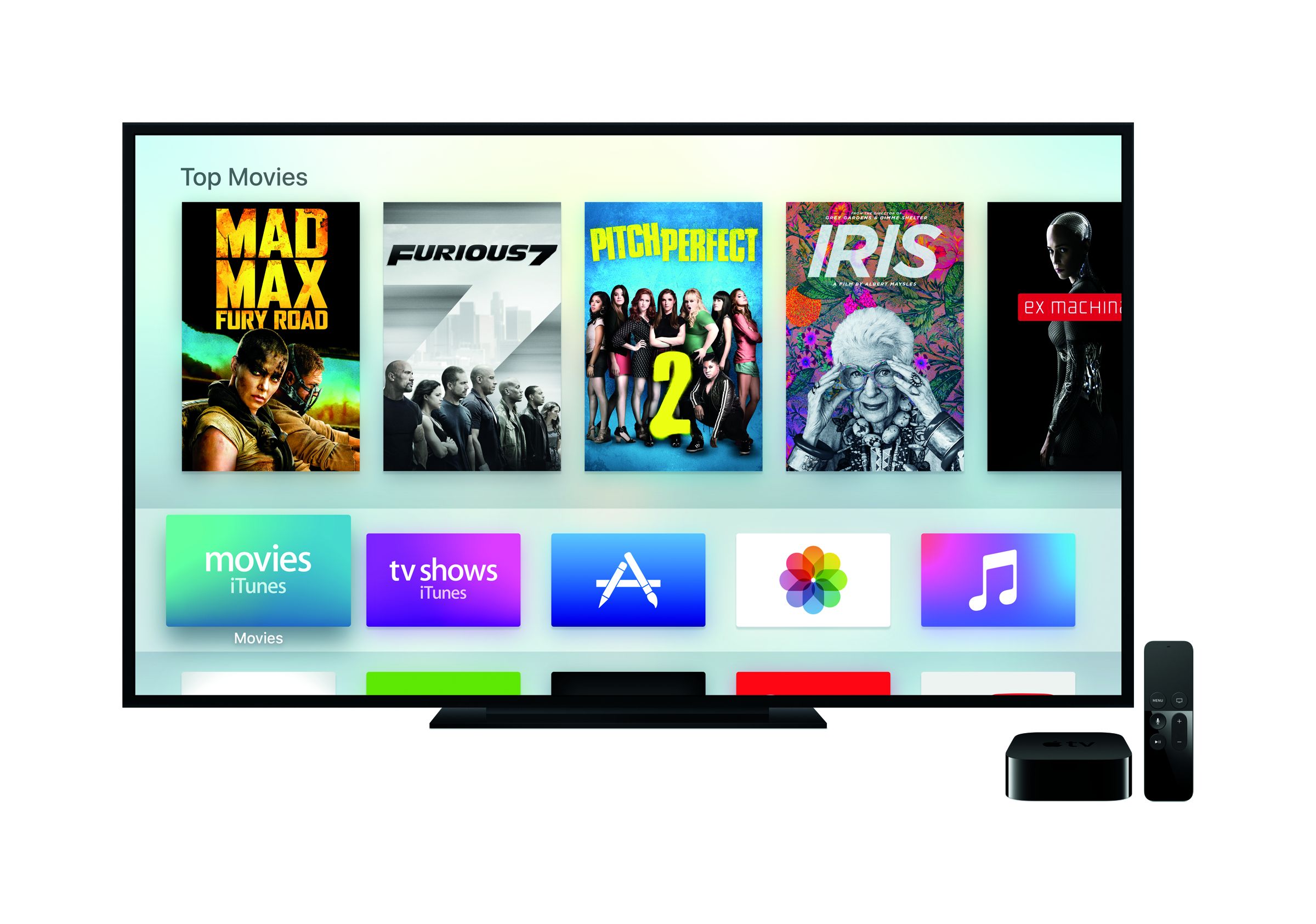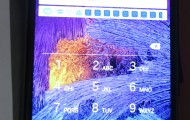Article

You can use USB or Wi-Fi to tether your laptop like this Sony VAIO to your smartphone for Internet access with Android making it easier
USB vs WiFi – Tethering 4G Broadband to a Laptop via Android Phones – ISPreview UK
My Comments
You may be having to “tether” your laptop to your smartphone in order to gain access to the Internet. This can be done using a USB cable or wirelessly mostly using your phone as a Wi-Fi mobile-broadband router.
Android users can do this without the need to load additional software on their computer while iOS users may need to run iTunes if they wish to use a USB cable. As well, US-based users may have to have their mobile telco enable tethering and Wi-Fi hotspot use on their smartphone, with these companies likely to charge an extra fee for this service.
An ISPReview article did a comparison test on the performance of a USB-based tether setup compared with a Wi-Fi-based setup using the same late-model Android smartphone (running Android 10) and Windows laptop. The phone was set up with a 4G mobile broadband connection offered by Three UK that is typical of a UK mobile broadband service. Here, the setup was in the same urban area and using the same cell (mobile base station) for the tests.
As well, for each setup, there were two separate tests performed on different days with the results recorded in the article. This catered for different load factors that the Three UK network or the particular cell may be experiencing during the tests.
It was found that both the USB and Wi-Fi connection setups were on a par with each other. This was catering to the situation that the bandwidth offered by the mobile broadband service may not be great especially if you are dealing with 4G broadband.
But the article alluded to users having situation-specific needs for using particular connection types such as preferring to use USB for security, simple setup or where a lot of Wi-Fi connections could compromise performance. On the other hand, it may be about providing Internet to a device that doesn’t support USB-modem / USB-tethering connectivity but has Wi-Fi like a tablet; or creating a mobile local network using your phone.
Here, I would support these kind of setups if you are intending to purpose your smartphone for use as a modem and are not likely to be making or taking many calls with it. This is because you may find that a call may encumber your phone’s use as a modem especially if you like to walk about during that call.
As well, I wouldn’t expect good performance out of a tethered-smartphone setup if you are on a busy commuter train or bus. This is due to the increased competition for bandwidth from the various base stations serving the train’s or bus’s route as many people use their mobile devices while riding this route. This statement would also apply to use of mobile broadband in a rural area where the mobile base stations would be equipped with older technology.


